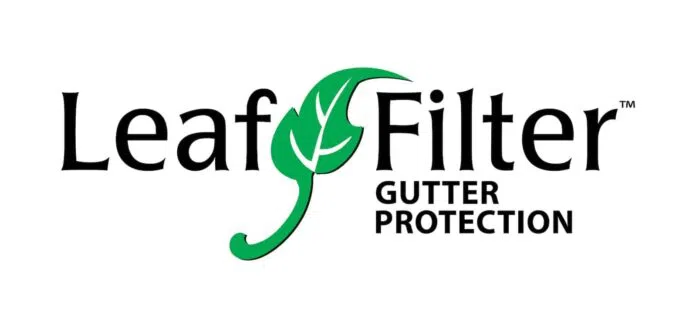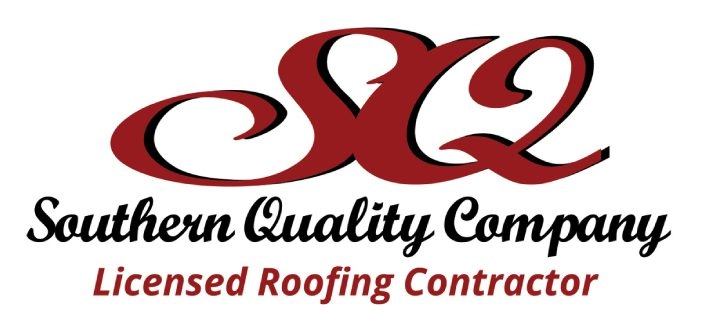Signs You May Need Gutter Guards
Although gutter guards aren't always necessary, the symptoms of congested gutters are usually clear. Signs of chronic gutter problems include:
- Frequent clogs that cause overflow and water to spill over gutters
- Visibly saggy, damaged, or misaligned gutters that no longer correctly direct rainwater
- Leaky seams or joints where water leaks out of gutters
- Mold growth, peeling exterior paint, or interior water stains on walls near gutters.
- Soggy ground or visible erosion patterns around your house's foundation
How To Choose a Gutter Guard Installer
Assess Their Experience
Providers with extensive gutter guard installation experience that have handled many different styles and models will know how to take accurate measurements and install guards to your home’s unique dimensions. Reach out to these providers to get details regarding their experience and ask for local references.
Verify Proper Licensing and Insurance
Make sure that any companies you're considering are properly certified, bonded, and insured, holding both workers compensation and general liability policies. This protects you from liability for possible injuries and accidents. Ask potential providers for current licensing and insurance papers.
Choose Reputable Brands
Seek out companies that offer leading reputable gutter guard brands such as Gutter Helmet and LeafFilter. Be wary of companies only offering generic no-name or their own off-brand guards, as these likely do not have the same rigorous testing as reputable national brands.
Seek Custom Fit Services
For optimal performance, guards should be measured and cut on your property to fit your gutters. Pick a company that takes specific measurements and does custom cutting for guards for your home rather than using generic guards. Properly fitted guards minimize gaps where debris can get trapped.
Examine Warranties
High-quality gutter guard installers normally offer 20-year or lifetime warranties that protect against clogs, leaks, rust, and other problems. Before picking a company, carefully review the warranty terms for materials and workmanship guarantees. Warranties are an excellent means of protecting your gutter investment.
Check Reviews and Referrals
You should check online reviews on sites such as the Better Business Bureau (BBB), Yelp, or Google Reviews to learn about customer experiences. You can also ask neighbors to suggest quality local gutter guard companies. When researching providers, you should opt for companies with consistently positive or good feedback instead of just a single review.
Types of Gutter Guards
The six primary types of gutter guards are as follows:
- Foam guards consist of pieces of foam that are placed in your gutters to block debris. They're light and easy to install. On average, you can expect to pay $2.46 per linear foot for foam guards.
- Brush guards are made of large brush bristles that partially obstruct your gutters, allowing water to pass through while catching debris. Brush guards cost roughly $4.04 per linear foot.
- Screen guards have large holes that let water flow through while keeping debris out. Screen guards cost around $4.18 per linear foot.
- Mesh guards have smaller holes than screen guards and similarly catch debris while letting water flow through. They are durable and encourage debris to slide off rather than sit on top of your gutters. On average, you can expect to pay $3.97 per linear foot for mesh guards.
- Micro-mesh guards have even smaller holes than mesh guards and let even less debris through than mesh. They are extremely effective. Micro-mesh guards cost roughly $5.06 per linear foot.
- Surface tension guards, sometimes called reverse curve guards, use surface tension to encourage debris to slide off while water flows into the gutter. They can typically be seen from the ground. On average, you can expect to pay $3.08 per linear foot for surface tension guards.













